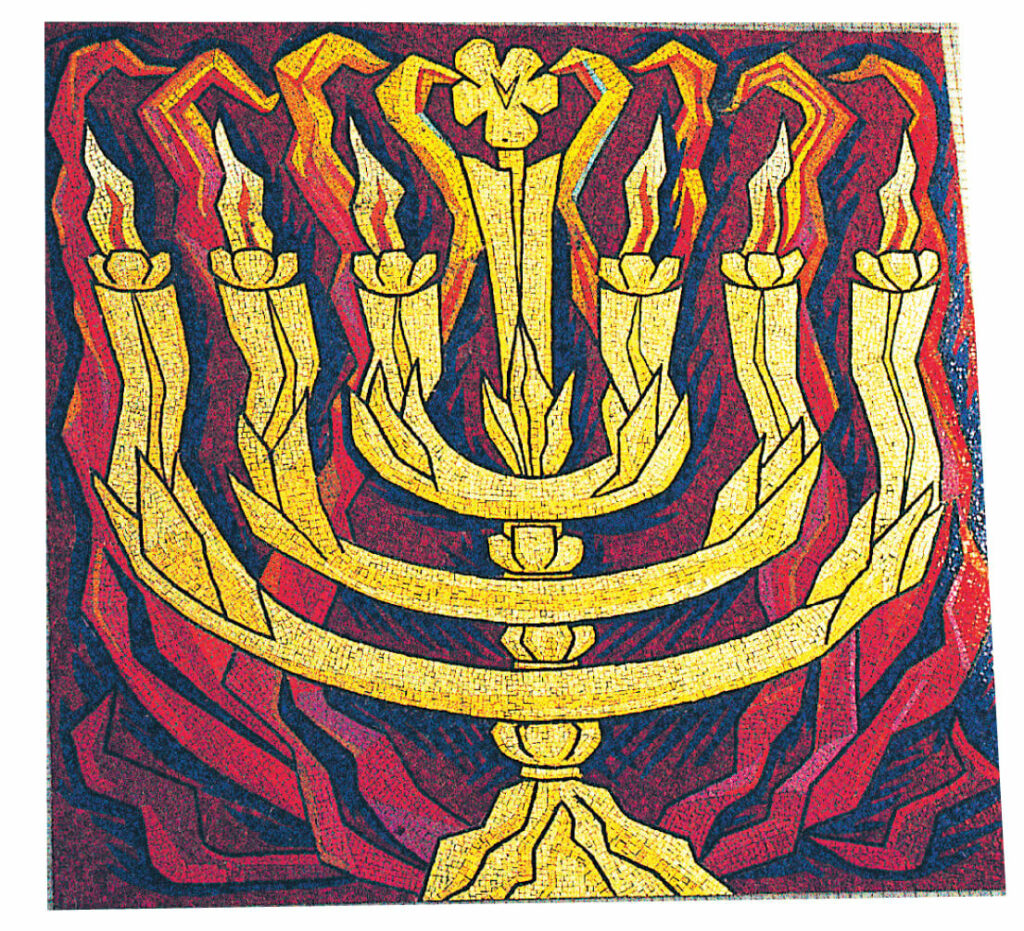Sunday’s gospel is a controversy story, a literary form with little narrative action and a simple question-and-answer format. Early Christians used this literary form to put Jesus’ sayings into dialog with questions they faced after he was gone from their midst.
For a 21st-century hearer, Sunday’s gospel raises many questions. Who are the Sadducees? What do they believe? What law of Moses commands brothers to marry their childless, widowed sisters-in-law? Did people really keep this law? What exactly is Jesus’ point about what God tells Moses in the passage about the bush? How does this passage show the dead are raised?
- What questions does this gospel raise for you?
More than many gospels, Sunday’s controversy story resists interpretation unless we learn about the beliefs and practices of the religious sects in Jesus’ time, namely, Sadducees, Pharisees, Zealots, and Essenes. They have strikingly different attitudes toward the Roman authorities, toward the interpretation of Israel’s scriptures, and toward what the future holds.
The Sadducee who questions Jesus in Sunday’s gospel belongs to the group that has authority over temple activities, authority which they receive from the ruling Romans. The Sadducees are very conservative. For them, only Torah—the first five books of Moses—is holy scripture.
In this, they differ from the Pharisees, who include the prophets and wisdom literature among the writings they regard as holy. By limiting their beliefs to Torah, Sadducees reject belief in angels or the spirit world, belief in a messiah to come, or belief in the resurrection. On these points they oppose the Pharisees.
The Sadducee in Sunday’s gospel seeks to embroil Jesus in the controversy his group has with the Pharisees about resurrection. The temple, the special domain of the Sadducees, is the setting of Sunday’s gospel.
In the Sadducees’ view, the case of the woman with seven husbands demonstrates the foolishness of resurrection. Which brother will be her husband in the afterlife?
- How have questions helped you learn more about scripture?
- How are the differences between Sadducees and Pharisees like ours in our religious lives today?

The Sadducee’s case extends an Old Testament law, called the Levirate law, to an absurd degree. Most bibles have a cross-referencing system that cites other parts of scripture to which a passage refers.
Using such cross-referencing tools one can learn that Luke 20.28 refers to Deuteronomy 25.5, the Mosaic command that a brother marry his widowed sister-in-law. One can also find that in Luke 20.37 Jesus is quoting Exodus 3.6, where God tells Moses, “I am the God of your ancestors.”
Both Deuteronomy and Exodus are among the first five books of the bible, Torah. The Sadducee presents a case against resurrection from the fifth book of Torah, and Jesus refutes him with an argument from Exodus, the second book of Torah.
Deuteronomy 25.5 obligates the brother of a man who dies with no child to perpetuate his name by taking the widow as his own wife. This is the Levirate law.
Children born from this union are the legal heirs and descendants of the dead brother. Implicit in this practice, well-known in Jesus’ time, is a biological understanding of immortality. One lives forever through one’s offspring.
Jesus’ answer recognizes the Sadducee’s real issue has nothing to do with the hypothetical case of a woman with seven husbands but focuses on the denial of resurrection. Jesus dismisses the Sadducees’ assumption that life in the resurrection will be identical to life on earth. He insists this life will not depend on marriage and biological immortality.
Then Jesus substantiates his claim by arguing from a verse in the story of the burning bush from Exodus 3. Here modern readers need to remember the first book of Torah is Genesis, which tells the sagas of Israel’s earliest ancestors—Abraham and Sarah, Isaac and Rebecca, and Jacob, Leah, and Rachel. The book of Genesis ends in Egypt, where Jacob and his family find food during a famine.
Exodus, the second book of Torah, begins some generations later when the Pharaoh of Egypt has forced the descendants of Jacob into slavery to build his cities. In Exodus 3, God hears the cries of these enslaved descendants and calls Moses to free them. God speaks to Moses from a burning bush, “I am the God of your ancestors Abraham, Isaac, and Jacob.”
Where is the argument for resurrection in these words? Sources such as the Dead Sea Scrolls show Jesus practicing the type of biblical interpretation contemporary in his day. Jesus argues that God’s words to Moses in Exodus 3 show that the ancestors Abraham, Isaac, and Jacob are alive to God, and therefore must have been raised from the dead.
His argument convinces his audience. Jesus beats the Sadducees at their own game; he uses their scriptures to prove the validity of belief in the resurrection.
- When have you used scriptures to debate points of doctrine?
- How do you use the bible in your own life? How does the bible help you in making life decisions?
- How do the scriptures and Catholic social teachings guide you in discerning the needs of our nation?
